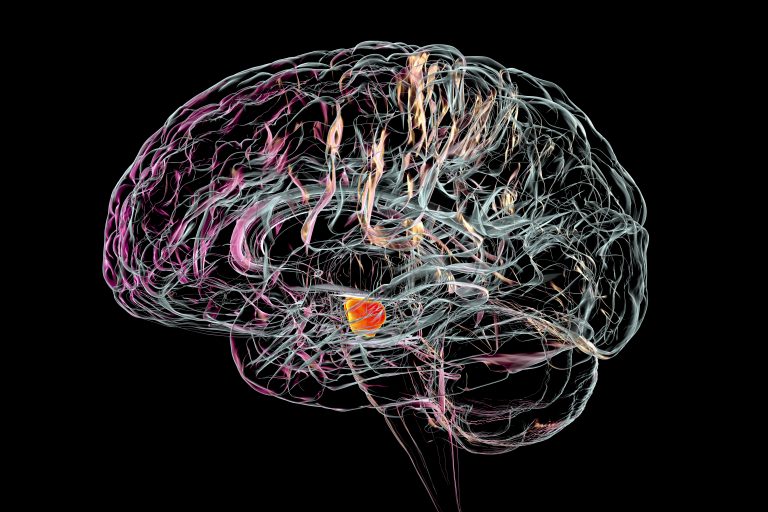
Fifteen “hotspots,” or loci, in the genome that either speed up brain aging or slow it down have been identified by researchers from a University of Southern California (USC)-led consortium. This finding could provide new drug targets for Alzheimer’s disease and other degenerative brain disorders, as well as developmental delays.
The research appears online this week in Nature Neuroscience.
Just a day before, the European Alzheimer & Dementia Biobank released results of a large-scale GWASs study of Alzheimer’s disease and related dementias that found 75 risk loci, of which 42 were new. The results of this latest study can build on that and previous data, such as last year’s publication about 13 newly discovered AD-related genes by the lab of renowned Massachusetts General Hospital AD researcher Rudy Tanzi.
This USC-led study breaks new ground. “The big game-changer here is discovering locations on the chromosome that speed up or slow down brain aging in worldwide populations. These can quickly become new drug targets,” said Paul Thompson of USC, a lead author on the study and the co-founder and director of the ENIGMA Consortium.
ENIGMA is working group based at USC that is exploring a trove of brain data and has published some of the largest-ever neuroimaging studies of schizophrenia, major depression, bipolar disorder, epilepsy, Parkinson’s disease, and even HIV infection. There are 50 active ENIGMA working groups spread around the world and working on projects that include topics as varied as addiction, anorexia, and irritability.
Genetic and environmental influence on human brain structure changes throughout the lifespan. The researchers note that, “Even in adulthood, when the brain seems relatively stable, individuals differ in the profile and rate of brain changes. Longitudinal studies are crucial to identify genetic and environmental factors that influence the rate of these brain changes throughout development and aging.”
In this GWAS meta-analysis, the researchers sought genetic loci associated with annual change rates in eight global and seven subcortical morphological brain measures in a coordinated two-phased analysis using data from 40 longitudinal cohorts.
“Through our AI4AD (Artificial Intelligence for Alzheimer’s Disease) initiative, we even have a genome-guided drug repurposing program to target these and find new and existing drugs that help us age better,” Thompson added.
To discover the genomic loci, more than 200 ENIGMA-member scientists from all over the world looked for people whose brains were scanned twice with MRI. The scans provided a measure of how fast their brains were gaining or losing tissue in regions that control memory, emotion and analytical thinking.
After computing brain tissue change rates in 15,000 people of all ages, researchers screened a million markers in their genomes and detected 15 genomic loci, or specific locations of genes or other DNA sequences on a chromosome, that were speeding up brain tissue changes.
These loci included some well-known Alzheimer’s risk genes, and some novel ones. The most robustly identified genes, GPR139, DACH1 and APOE, are associated with metabolic processes.
“Some of these genetic variants affect the growth rates of brain substructures in childhood, while others affect the speed of brain tissue loss in older adulthood,” said co-author Neda Jananshad, an associate professor of neurology at the Keck School of Medicine of USC. “The different parts of the brain have specific genes associated with their rates of change.”
Thompson added, “You can see that APOE—the famous Alzheimer’s gene—hits a couple of brain structures adversely—the hippocampus and amygdala—which also makes sense as they are the brain regions most vulnerable to Alzheimer’s and it seems to speed tissue loss there specifically.”











